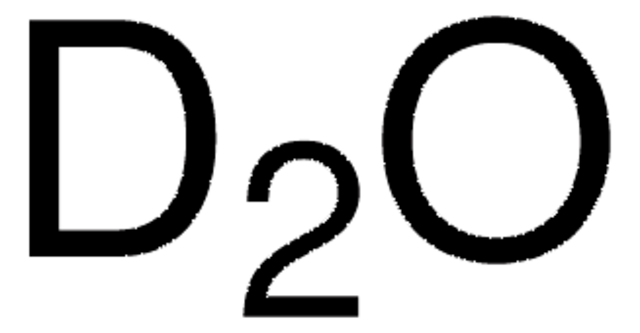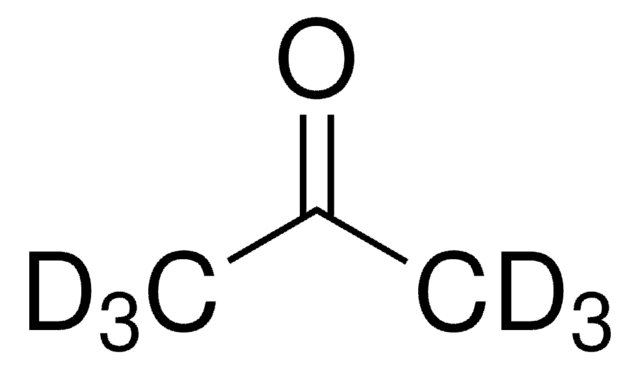SAB5701577
Anti-CD62P/P-selectin antibody produced in rabbit
About This Item
Recommended Products
1 of 4
This Item | 422878 | 444758 | 439029 |
|---|---|---|---|
| isotopic purity ≥99.8 atom % D | isotopic purity 99 atom % D | isotopic purity 99.96 atom % D | isotopic purity ≥99.8 atom % D |
| technique(s) NMR: suitable | technique(s) NMR: suitable | technique(s) NMR: suitable | technique(s) NMR: suitable |
| assay ≥99% (CP) | assay 99% (CP) | assay ≥99% (GC) | assay ≥99% (CP) |
| Quality Level 200 | Quality Level 200 | Quality Level 200 | Quality Level 200 |
| form liquid | form liquid | form liquid | form liquid |
| density 0.888 g/mL at 25 °C (lit.) | density 0.888 g/mL at 25 °C (lit.) | density 0.888 g/mL at 25 °C (lit.) | density 0.888 g/mL at 25 °C (lit.) |
General description
Immunogen
Physical form
Not finding the right product?
Try our Product Selector Tool.
Storage Class Code
12 - Non Combustible Liquids
WGK
WGK 1
Flash Point(F)
Not applicable
Flash Point(C)
Not applicable
Choose from one of the most recent versions:
Certificates of Analysis (COA)
Don't see the Right Version?
If you require a particular version, you can look up a specific certificate by the Lot or Batch number.
Already Own This Product?
Find documentation for the products that you have recently purchased in the Document Library.
Customers Also Viewed
Our team of scientists has experience in all areas of research including Life Science, Material Science, Chemical Synthesis, Chromatography, Analytical and many others.
Contact Technical Service






